Today (July 6) is the occasion to commemorate the 57th anniversary of the death of General Nguyen Chi Thanh (July 6, 1967 - July 6, 2024). Speaking of General Nguyen Chi Thanh is speaking of a perfect general, virtuous, with outstanding military talent, a General of the army and also a General of the people.
Patriotism, revolutionary spirit, with innate talent, trained in many fields, especially armed struggle, and trusted by the Party and Uncle Ho, all created a personality, a talent Nguyen Chi Thanh. And his life of dedicated work for the Fatherland and the people left for generations to come an exemplary model "as bright as jade".
And from any perspective, people want to ask questions and explain what farmers, soldiers, and General Nguyen Chi Thanh think about national interests, about war and peace . So that he and the country's leaders can answer the question of what is the purpose of "FIGHTING"? Fighting to gain independence, fighting for peace! Answering the question "Fighting whom"?, "Who is fighting"? What to do to fight, to win and how to fight? What to do to affirm the path of CERTAIN VICTORY of the nation.

Article in Saigon Post about the passing of General Nguyen Chi Thanh.
File “1365”
The first highlight in the international system of documents and research on Nguyen Chi Thanh is the content of “Top Secret File No. 1365” of the US Central Intelligence Agency (CIA) on July 11, 1967 with the title “Issues for North Vietnam after the death of Politburo member Nguyen Chi Thanh”. Right in the beginning of the top secret report, people on the “other side” commented:
“Nguyen Chi Thanh’s military background and political experience will make him very difficult to replace. He is the only individual other than General Giap to hold the rank of General in the armed forces, and he is also a key member of the North Vietnamese Politburo’s wartime leadership team.
He also held a key position in the Secretariat, responsible for implementing the Party's strategies. As a member of the Central Military Commission, he had a special say in the management of the armed forces. From early 1965, Thanh became the key figure in the Central Office for Southern Vietnam, the political and military headquarters of the Communist Liberation Army in South Vietnam…
Nguyen Chi Thanh's death from a stroke on July 6 raised urgent questions for the remaining 10 members of the Politburo - long-term and serious consequences for the leadership of the Communist Party..." - Central Intelligence Agency (CIA) - Top secret report on July 11, 1967.
From the perspective of the “other side”, who is Nguyen Chi Thanh? How big is his position and influence? Even his sudden departure, a special event, could create what effect that makes the US government have to be extremely cautious in making such analytical assessments?
In the memories of many Truong Son soldiers related to this event, it was confirmed that during the first days of July that year, B52s carpet-bombed along Route 559 with extreme frequency, and the news on July 6, 1967, Saigon and foreign press also confirmed that the communist leader Nguyen Chi Thanh died in those very bombings.
“Nguyen Chi Thanh died before the Tet Offensive. However, he is considered the architect of this plan. Nguyen Chi Thanh is also known for his tactic of “grabbing the enemy’s belt and fighting” to deal with the powerful and modernly equipped American army. I remember when I learned Vietnamese by translating Saigon newspapers, they reported that Nguyen Chi Thanh died from a B52 bomb” – Professor Carl Thayer.
It is very possible that in 1967, the US side had “heard” news about General Thanh’s movement from Hanoi to the South, and then used all its strength to crush and destroy this man. It is very possible that they hoped that General Thanh’s death would turn around the tragic situation of the US army on the battlefield in the South at that time.
“July 6, 1967: Nguyen Chi Thanh, commander of the National Liberation Front forces of South Vietnam, died while in Hanoi. This change in leadership affected the planning of the 1968 Tet Offensive.”

Top secret file number 1365 of the US Central Intelligence Agency (CIA) dated July 11, 1967 with the title "Issues for North Vietnam after the death of Politburo member Nguyen Chi Thanh"
Military strategy on the great front
“Contrary to popular belief that sandaled soldiers fought on instinct, the Viet Cong in fact adhered to a carefully considered military strategy. Easy-to-remember slogans were often used to help commanders and soldiers master military strategy in order to effectively deploy techniques and tactics on the battlefield. Having slogans and tactics combined into one created a great guiding principle that could be applied on any battlefield – that was the case: Fight by the belt of the enemy” – Historian Warren Wilkins.
At the end of 1964, the “special war” strategy went bankrupt. The US empire prepared to directly send combat troops to the South; implementing the “local war” strategy. In just 8 months, from April 1965 to December 1965, the US massively sent more than 180,000 troops to the South, including army, air force and navy, pushing the war’s intensity and fierceness to a very high level.
The Southern Revolution faced great opportunities and challenges; posing a series of big questions to the Party Central Committee, the Politburo, the Central Military Commission, and the General Command. Had the balance of power changed in favor of the enemy? Had we to change our guiding principles, unable to continue the offensive but had to return to defense? The US had strong firepower, a lot of machinery, and a large army. How could we fight? Could we destroy them?
The fate of the nation, the direction of development of the Vietnamese revolutionary cause and, to a certain extent, of the entire world revolutionary movement depend on how we handle this important strategic situation. The situation has a significant impact on the spirit and anxiety of a number of our cadres, soldiers and people.
In that context, General Nguyen Chi Thanh went to the South as the Politburo representative on the battlefield, Secretary of the Central Bureau, Political Commissar of the Southern Liberation Army; with the mission of preparing and organizing the implementation of the Resolution of the 3rd Party Congress and the Resolution of the 15th Central Conference (Term 2) on the Southern revolution in the new situation. The political determination of our entire Party, people and army was to win independence, freedom and national reunification even if we had to burn the entire Truong Son range. However, the motto and method of fighting the Americans were still strategic issues that needed to be resolved from and right on the battlefield.
“General Thanh, who accompanied President Ho Chi Minh to a communist bloc conference in Moscow in 1960.
After a long absence, General Thanh wrote an article in Hanoi's largest newspaper, Nhan Dan, published on December 22, 1965. Many Western analysts said that this article confirmed his presence in South Vietnam.
He praised “the army and people of South Vietnam” and said that they were capable of defeating the Americans and puppets. At one point he called the Viet Cong “our army”. General Thanh also wrote that “those who have not participated in the fighting will find it difficult to assess the true strength of the people’s war”, implying that he himself was participating in the fighting”. New York Times (April 16, 1966).

“Top Secret File No. 1600” of the Central Intelligence Agency (CIA) dated August 2, 1966 analyzed the war situation in South Vietnam and the leadership role of General Nguyen Chi Thanh over the Viet Cong armed forces.
The US troops poured into the South, attacking the North, but the basic nature of the US war was still a neo-colonial war of aggression. The fierceness of the war increased significantly, causing us great difficulties, but the comparison of enemy and our forces did not fundamentally change. The people's war situation in the South was highly developed, and there was ideological and organizational preparation to fight the US troops. Therefore, we still maintained and promoted the offensive strategy of the revolutionary war in the South.
Thoroughly implementing that policy, General Nguyen Chi Thanh resolutely refused to accept the policy of moving the base and the Regional Command Headquarters to the rear, because that would mean abandoning the battlefield, which would lead to unpredictable consequences, allowing the enemy to penetrate the people's war situation that we had just created. This was also what surprised the opponents in the war:
“…Political Bureau member Nguyen Chi Thanh, who appears to have directed North Vietnamese military operations in South Vietnam since early 1965, wrote a report that appeared to defend his position against criticism from Hanoi. The report appeared in the July issue of Hoc Tap, a North Vietnamese communist journal, and openly and openly criticized those who held different views.
Thanh essentially criticized those who had lost their morale after the US sent combat forces to South Vietnam in mid-1965. Based on the specific policies he defended and the specific attitudes he criticized, it can be seen that Thanh was targeting high-ranking Communist leaders, not middle- or low-ranking ones, although they were often criticized more in the past. He singled out individual elements who relied on past experiences to analyze the current situation in South Vietnam, forgetting “practice.” Thanh believed that “it would be risky to copy exactly what happened in the past into the present.”
This criticism clearly challenged those who still wanted to use the way of thinking in the resistance against France”. Central Intelligence Agency (CIA) – Top secret report August 2, 1966.
In the military line, the Party's line on the Vietnamese people's war, the motto and forces for conducting people's war are important contents, which General Nguyen Chi Thanh devoted much effort to researching, proposing, leading and directing the implementation. A basic content of the guiding motto is to fight a long-term, protracted resistance war and later develop into step-by-step victory. The motto of protracted resistance war was determined from the resistance war against French colonialism, as an objective requirement, originating from the comparison of our forces and the enemy's.
However, General Nguyen Chi Thanh pointed out the core point: the long-term fighting perspective of each war is not completely the same: "In the resistance war against the US to save the country, the characteristic of our current revolution is based on a long-term fight but with the conditions to win in a relatively short time, so to speak of a long-term fight, we must combine it with seizing opportunities, must prepare mentally, organize a long-term fight, and at the same time must know how to concentrate forces to win in certain strategic opportunities according to the development of the situation."
“…The Communists have always been pragmatic in their military tactics and actions; they often assess each combat situation based on the main conditions of each moment… The Communists will rely on the actual situation to calculate their moves, whether it is a large-scale attack or a guerrilla war”. Central Intelligence Agency (CIA) – Top Secret Report, August 25, 1966.
The General specifically analyzed two trends of wrong perception about the long-term strategy. One is that only seeing the possibility of winning in a relatively short time, but not seeing long-term strategy as a necessary requirement arising from the reality of the Vietnamese revolution.
Second, the old-fashioned perception of long-term fighting does not see that under current conditions it is possible to win in a relatively short period of time. We must see the dialectical relationship between long-term fighting and opportunity; how to make these two aspects support and promote each other; that is, to organize and create opportunities that not only do not oppose the long-term fighting viewpoint but also create opportunities for long-term fighting; on the contrary, fighting for a long time always creates favorable opportunities, knowing how to concentrate forces to win decisive victory with the wisest fighting method.
The General pointed out: the viewpoint on long-term fighting and different opportunities will lead to different policies on building forces and different ways of fighting, not like now. The new way of fighting will be related to the motto of using the weak to fight the strong or using the strong to fight the weak? The General analyzed that complex issue deeply: We admit that there are weaknesses that are weaker than the enemy, so saying that using the weak to fight the strong is correct. “But not just that, saying that is a formula, not a communist thing, but we have to talk about strengths, in terms of military we have very strong points”; “… many very basic strengths that we have not seen before”.
To use the weak to attack the strong, one must know how to concentrate forces to gain decisive victory. And from there it leads to the issue of offensive strategic thinking: "Our strategic viewpoint is an offensive strategy, a strategy with six very Vietnamese and very creative combat methods."
Our Party thoroughly grasps the viewpoint of violence, the viewpoint of attack, but not regardless of conditions and opportunities. According to the General: “Strategic leaders must be extremely realistic, otherwise, strategic and tactical viewpoints will be very poor, monotonous, old-fashioned, mechanical according to bookish principles… Old experience is very valuable, books are also very valuable, but in reality it develops very vividly, if it is mechanical, it may fail, bloody experience on the battlefield clearly shows that”.
“Truong Son also stated that “if we return to a strategic defensive position, we will not be able to accelerate our advantage and strength, but will create conditions for the enemy forces to increase their strategic strength and carry out attacks against us.” Truong Son said, “the enemy’s strength will increase significantly if we hesitate, not daring to attack strongly but letting the enemy attack first.” Instead, “we should act flexibly and creatively by avoiding places where the enemy is strong,” but still maintain an offensive position and strike “where the enemy is weak.” Central Intelligence Agency (CIA) – Top Secret Report, August 25, 1966.
Nguyen Chi Thanh was not the first person to discuss long-term fighting and opportunistic strategies. But the General's viewpoints had many creative and unique points on the fundamental issues of ideology, guiding principles and methods of conducting the Vietnamese people's war, which were the dialectical relationship between long-term fighting and opportunistic warfare; creating opportunities, seizing opportunities; offensive strategic ideology; defeating the enemy step by step, battle by battle; concentrating forces and guiding principles to implement the viewpoints...
The above viewpoints, thoughts, and guiding principles for the people's war in the South were summarized, proposed, analyzed, and concretized by the General in 1966 and before, in the context of the US army massively entering the South, implementing the "local war" strategy. That demonstrated new thinking, revolutionary offensive thinking, bold, but scientific, based on a method of examining, evaluating the situation, comparing the correlation of forces very dialectically, both objectively, comprehensively and developingly.
And General Nguyen Chi Thanh, together with the Central Office of the South and the Regional Command, led and directed the army and people of the South to carry out the plan. These were the premises for our Party to continue to develop, leading to the strategic offensive of Mau Than 1968 and the strategic offensive plan of the spring of 1975.
General Nguyen Chi Thanh in contemporary research space
In 2011, the United States Naval Academy Publishing House published a monograph with a title based on General Nguyen Chi Thanh's motto: "Grab Their Belts to Fight Them: The Viet Cong's Big-Unit War Against the US, 1965-1966" (Association of the United States Army).
This book recreates the war scene in 1965, despite obvious disadvantages in firepower and mobility, the Vietnamese Communist army tried to crush South Vietnam and drive out the US army with a strategy of quick and decisive victory based not on guerrilla warfare but on large-unit warfare.
Author Warren Wilkins chronicles the formation, development, and participation of the NVA in the opening stages of the large-scale war and shows how the failure of that strategy profoundly influenced the decision to launch the Tet Offensive. Unlike most other books about the war from a purely American perspective, this book reflects authentic information from the perspective of the other side of the battle line, with the author relying on memoirs, unit histories, and battlefield research to reconstruct the formation and deployment of key military units, decisive battles and campaigns, and the shaping of the strategic posture of both sides.
The arguments that American historians have recently made about the military strategy and art of the communists, highlight the fact that: With the right strategic orientation, the armies seem to have transformed in an extraordinary way, fighting bravely despite being fully equipped, and capable of fighting in a more conventional way, no matter how backward their weapons were compared to their opponents.
A very different perspective on the portrait of General Nguyen Chi Thanh
In the book: “Hanoi's War: An International History of the War for Peace in Vietnam”, Professor Lien-Hang T. Nguyen gave a very different perspective on the portrait of Nguyen Chi Thanh and other Vietnamese leaders during this period as pioneers in the struggle for peace, following a unique path and method that did not depend on the protection and pressure in the complex context of the region and the world, especially the ideological conflicts and contradictions in the Soviet-Chinese relationship at that time.

Images of General Nguyen Chi Thanh are displayed at the General Nguyen Chi Thanh Museum in Hanoi. Photo: Thai An
While most historians of the Vietnam War focus on the origins of American involvement and the Americanization of the conflict, Lien-Hang T. Nguyen examines the international context in which North Vietnamese leaders, including Nguyen Chi Thanh, framed the war in their desire for peace. This compelling narrative takes the reader from the swamps of the Mekong Delta to the bombed-out Red River Delta, from the corridors of power in Hanoi and Saigon to the Nixon White House, from the peace talks in Paris to the summits in Beijing and Moscow…. All reveal that the opportunity for peace has never been more difficult.
Using never-before-seen archival documents from the Vietnamese Ministry of Foreign Affairs, as well as documents from other archives around the world, the author interprets political conflicts and peacemaking solutions not only from the perspective of North Vietnam but also, with special reference to the comparative perspectives of South Vietnam, the Soviet Union, China, and the United States, presenting a unique international portrait.
It can be affirmed that the legacy of Nguyen Chi Thanh and his era is still a topic that world researchers pay great attention to. Recently, the famous historian Pierre Asselin with his work “Vietnam's American War: A History (Cambridge Studies in US Foreign Relations)” emphasized his views and comments on this period. The author believes that while the Communist forces in the Vietnam War lost most of the battles and suffered significantly higher casualties than the United States and its allies throughout the conflict.
The ground war in South Vietnam and the air war in the North were certainly important in shaping the fate of the victors and the vanquished, but not only military experts but also historians and political scientists have been unable to explain why Hanoi ultimately defeated Washington. To understand the Vietnam War, posterity must look beyond the internal problems of this war.
In his new work, Pierre Asselin explains the formative experiences and worldviews of those who devised communist strategy and tactics during the conflict, and analyzes their rationale and impact.
Based on two decades of research in Vietnam's own archives, including documents that have not been widely published, historian Asselin has provided a new perspective on the historical picture and portraits of prominent people, including Nguyen Chi Thanh, and research directions that need to continue to be opened.
SOURCE: https://vietnamnet.vn/nguoi-nong-dan-nguoi-linh-dai-tuong-nguyen-chi-thanh-trong-tu-lieu-quoc-te-2298938.html



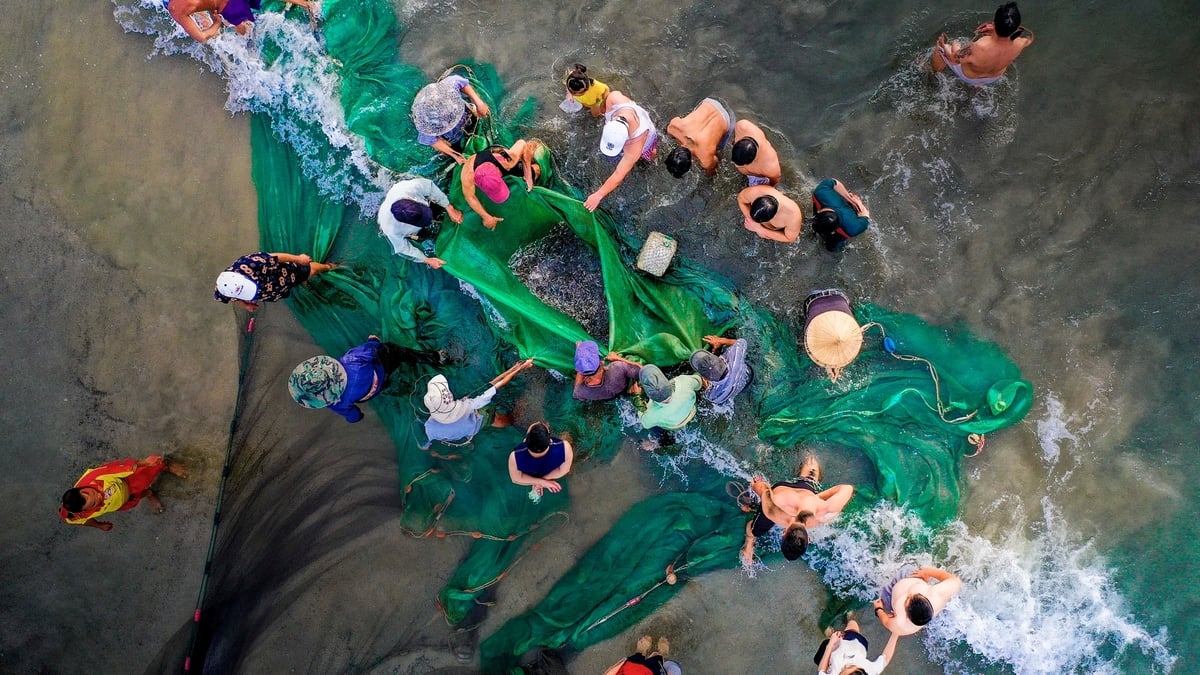
![[Photo] More than 124,000 candidates in Hanoi complete procedures for the 2025 High School Graduation Exam](https://vphoto.vietnam.vn/thumb/1200x675/vietnam/resource/IMAGE/2025/6/25/fa62985b10464d6a943b58699098ae3f)

![[Photo] First training session in preparation for the parade to celebrate the 80th anniversary of National Day, September 2nd](https://vphoto.vietnam.vn/thumb/1200x675/vietnam/resource/IMAGE/2025/6/25/ebf0364280904c019e24ade59fb08b18)
![[Photo] General Secretary To Lam works with the Standing Committee of Quang Binh and Quang Tri Provincial Party Committees](https://vphoto.vietnam.vn/thumb/1200x675/vietnam/resource/IMAGE/2025/6/25/6acdc70e139d44beaef4133fefbe2c7f)
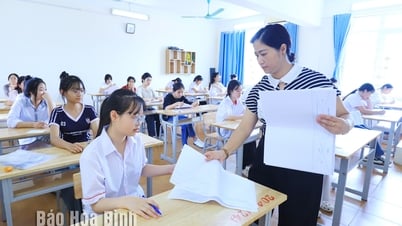


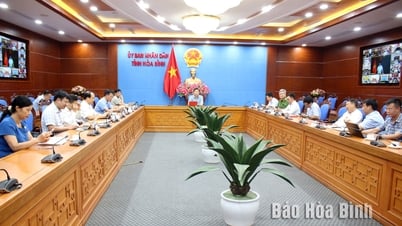
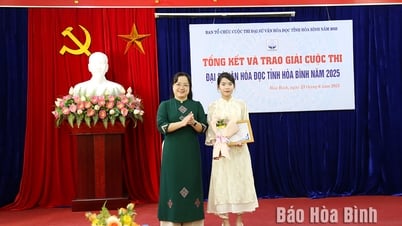
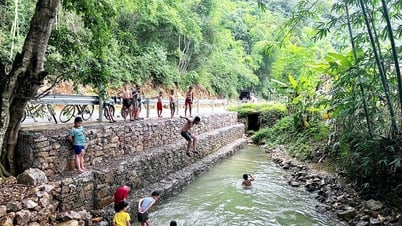
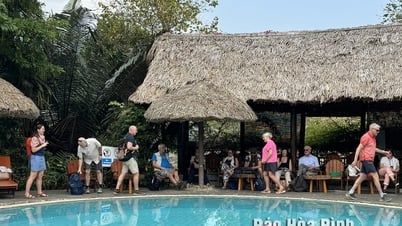




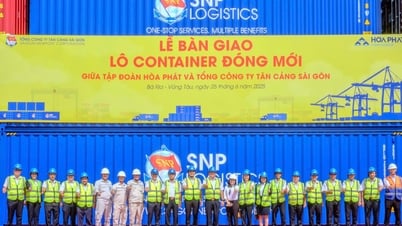
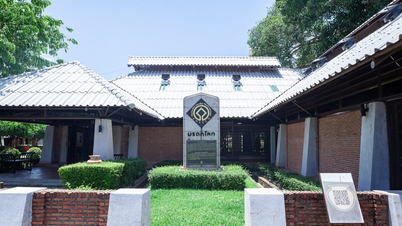
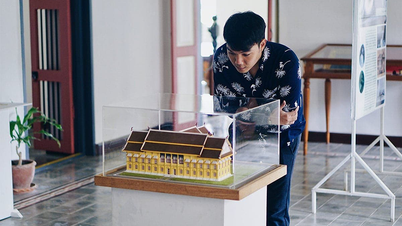

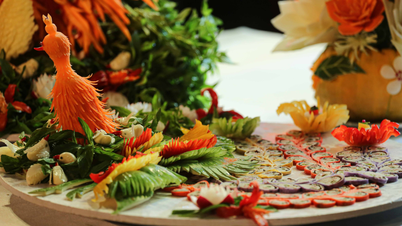







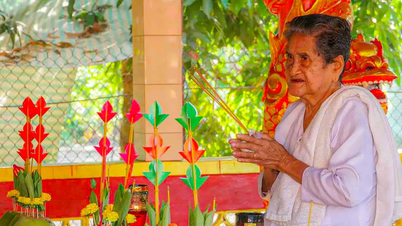








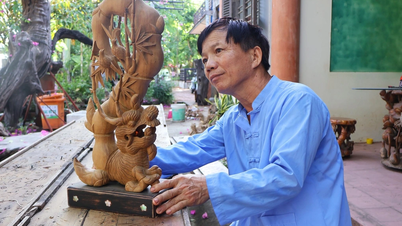

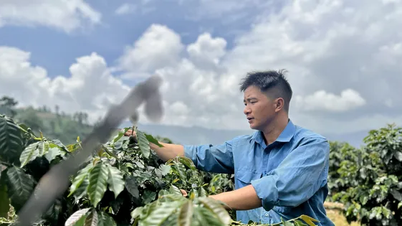











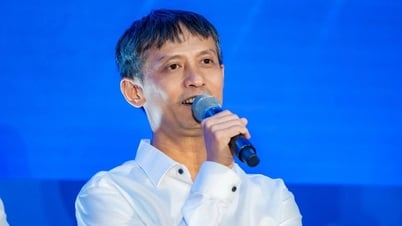


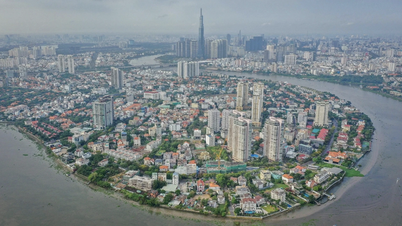







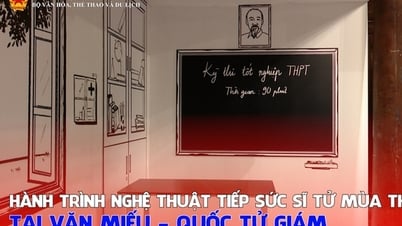

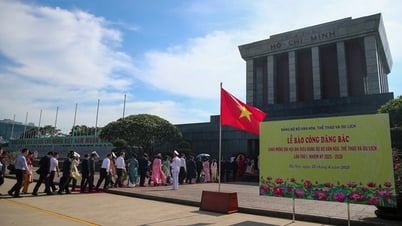
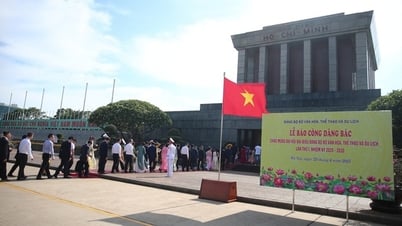
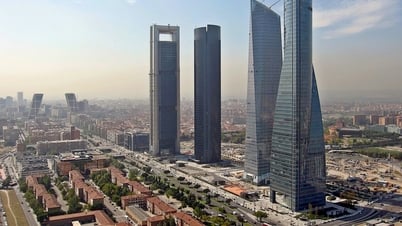

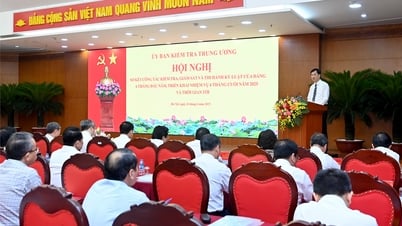

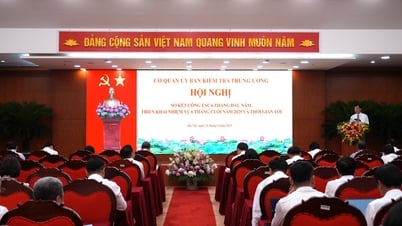


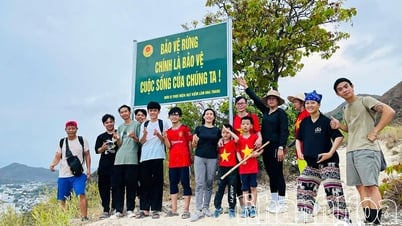
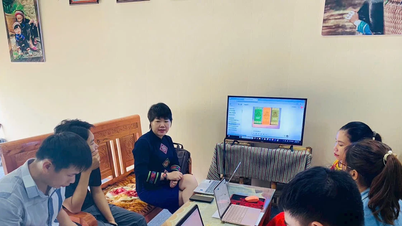

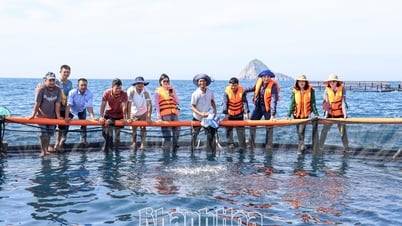
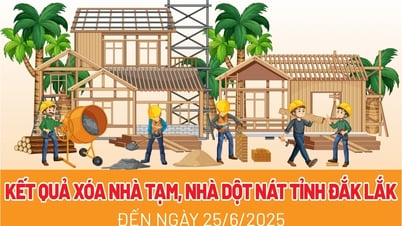















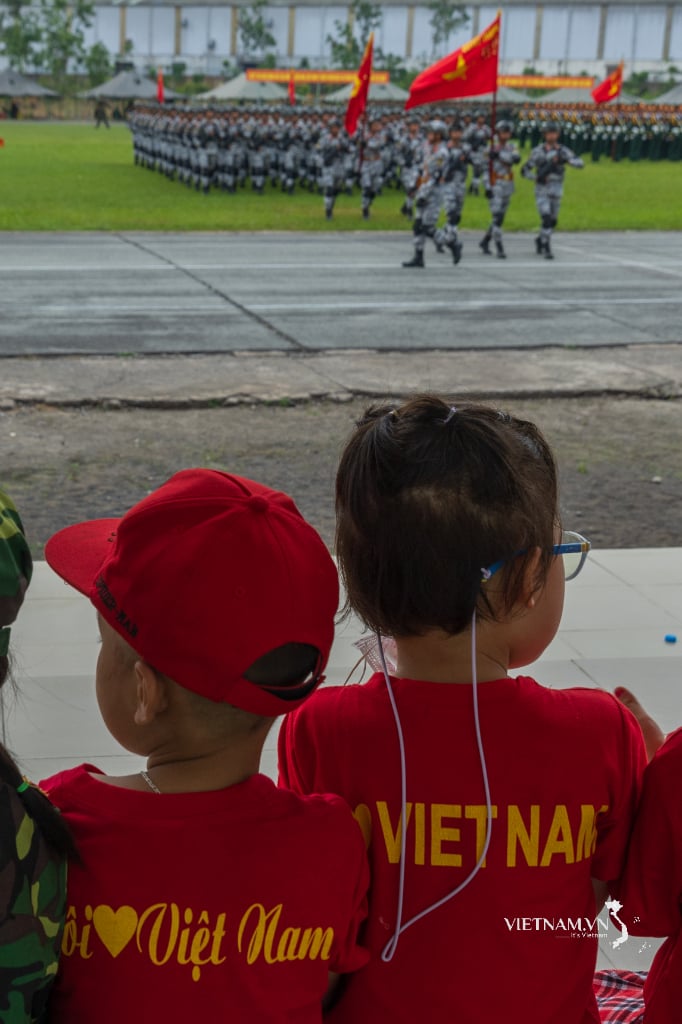


Comment (0)